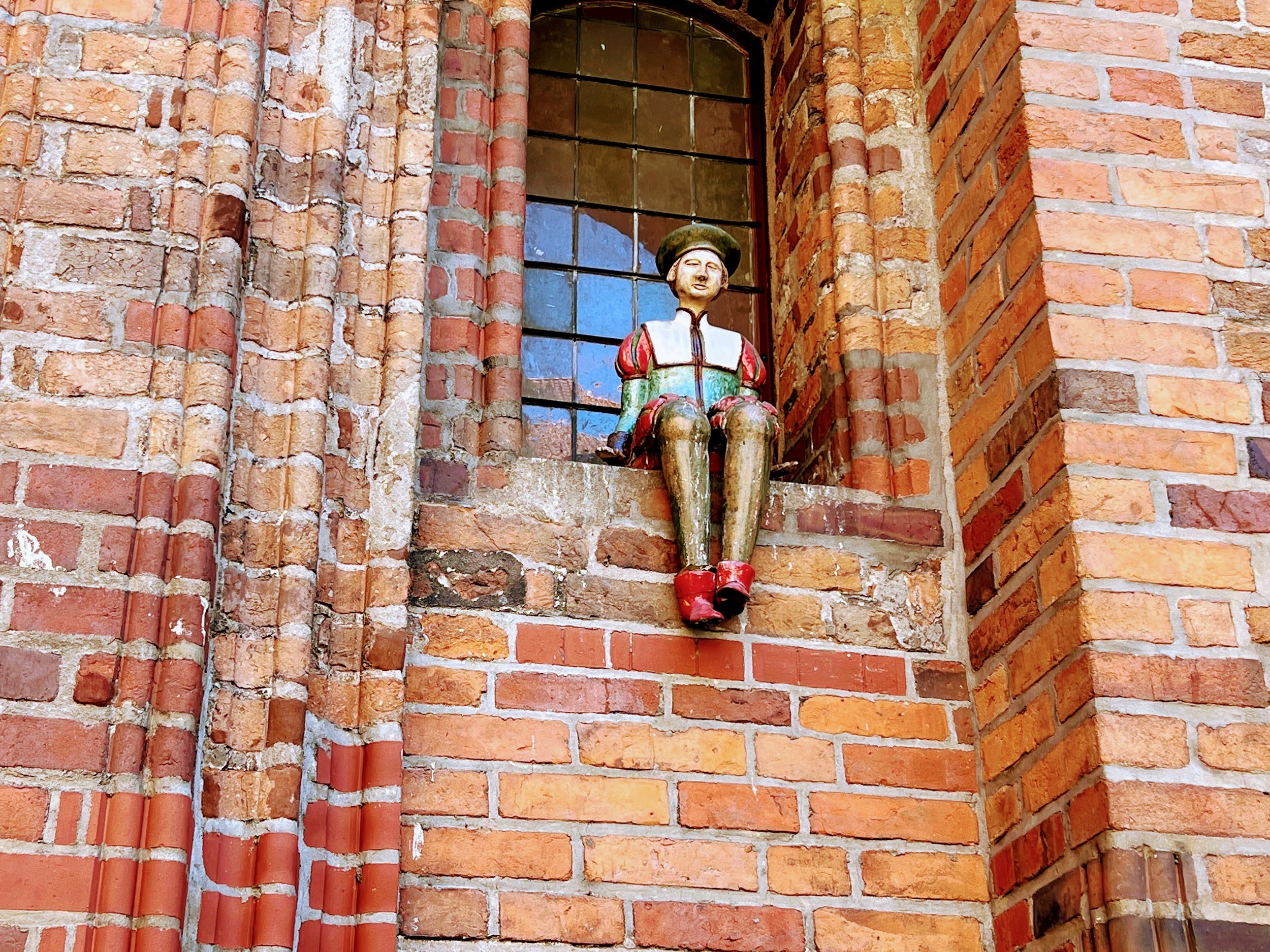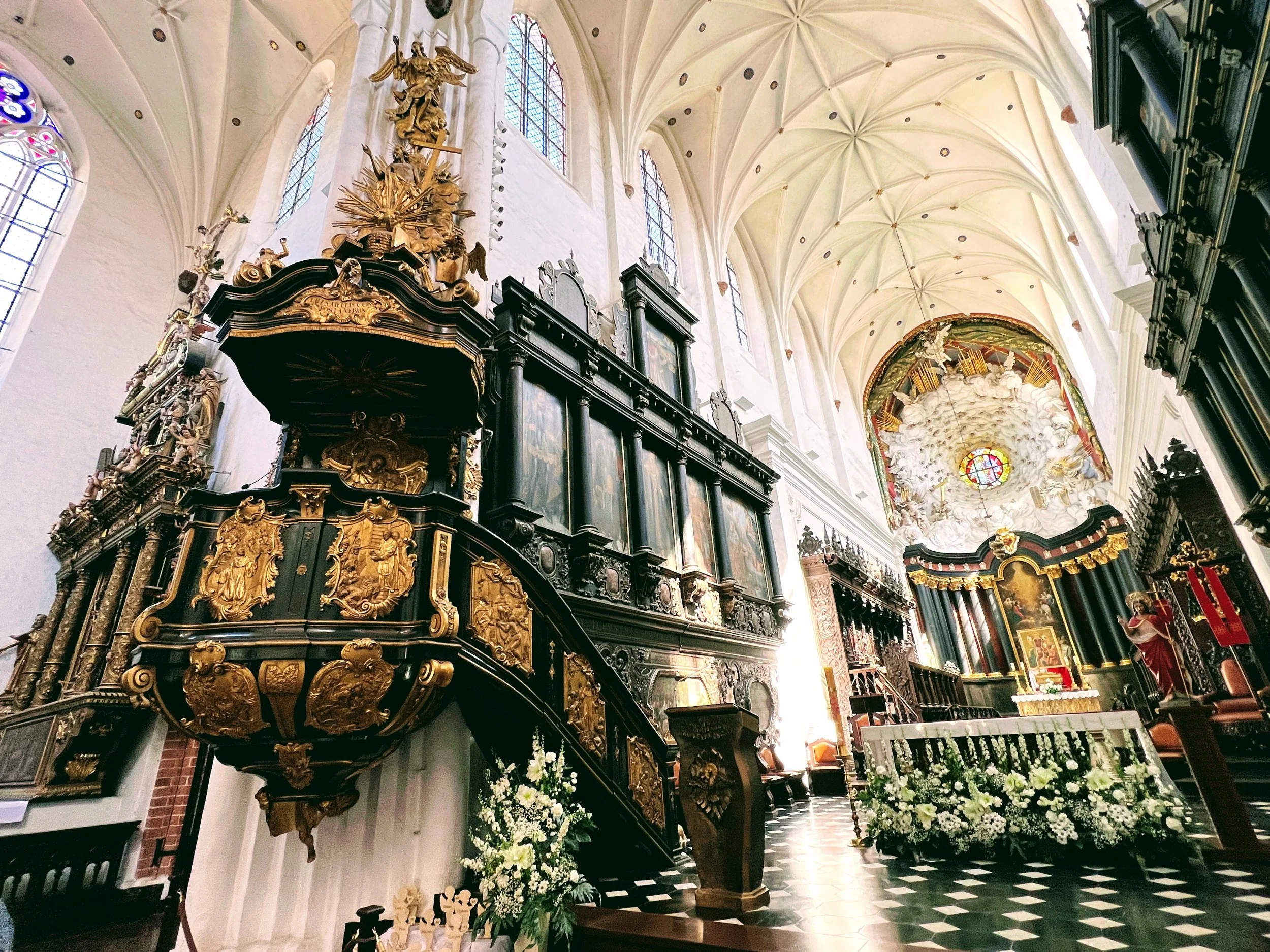Poland ~ Rich in History, Resilient in Spirit
“I travel around the world in a way that tries to open my mind and give me empathy and inspire me to come home and make this world a better place.” - Rick Steves
Poland is head and shoulders above the other Eastern Bloc countries that I had the good fortune to visit this, Summer. In every city we visited, the darkness from World War II and Communism is the still the main topic of conversation and yet when you look around you find a prosperous country full of hope and resilience. A country that only a year ago effortlessly absorbed 1.5 million refugees from Ukraine with no apparent signs of distress.
Poland was once the greatest and most powerful countries in Europe and yet it was almost wiped out of existence when it was partitioned between Russia, Prussia and Austria. It finally came back into being in 1918 only to be plunged into world wars and years of communist rule.
Other than Krakow much of Poland was destroyed to rubble during this period. It is a testament to the grit, resilience and ingenuity of the Polish people that you see the cities and towns and even cobblestoned roads restored to their previous glory. Using bricks made from the rubble of destruction, the Polish people rebuilt the cities and towns and continue to restore all as it once was. As we walked the cobblestoned streets of old town Warsaw, I joked that we could have made the restored cobblestones easier to walk on.
German U boats sailed across the Baltic Sea and fired he first shots here at the port of Gdansk or Danzig as it was then called to set off World War II. Within a month the Germans controlled Poland.
Standing at this spot, gazing at the memorial, watching patrol boats in the water, listening to the passionate words of our local expert, I could almost visualize the events unfold.
Wilanów Palace, summer residence of the kings of Poland mercifully survived through the partitions of Poland and the war. With its beautiful gardens and decorated rooms and artifacts its definitely worth a visit.
Krakow preserved in its 7th century splendor boasts the largest medieval market square in Europe.
The Nazi’s conquered the city without a shot fired and then used it as a base of their operations in this region. Despite their scorch the earth policy as they fled Poland at the end of the war, they left Krakow untouched. Fortunately, while the communist rule was harsh it also left the city unscathed for the most part.
While walls and bricks were left untouched, Krakow did not escape the impact of the Nazi rule. Ghetto Heroes Square and the empty chair memorial marks the impact of the Nazi Holocaust on the Jewish citizens of the city.
Forced from their homes, 17000 Jewish people were crammed into the 320 buildings located here in what came to be known as the Krakow Ghetto. To think that space was allocated on the basis of 4 heads to a window counting basements and attics, you can imagine the type of overcrowding and squalor that people had to deal with but that too was perhaps better than the death camps that were their eventual destination.
As I stood here in the gloom and drizzle, I swear I felt the stones speak in the silence that surrounded us. Of all that I saw and heard about this topic during my time in Poland, I found this memorial the most poignant and haunting.
After a damp day wandering on Wawel hill and Krakow market square and experiencing all that Krakow had to offer we ventured forth towards the high Tatra mountains and the town of Zakopane.
With its beautiful green hills, chalets, ski slopes and beautifully carved churches, it was like being in a different country altogether.
Perhaps it was putting the solemnity of visiting Auschwitz in the rear-view mirror or perhaps it truly was the whimsical, artistic and bright spirit of the city of Wroclaw that made me fall in love and wish that I could have spent more time enjoying all that it has to offer.
These mischievous gnomes engaged in various activities can be found all over Wroclaw. It became quite the game to find them as we walked along. We found a tribute to the USA and France in a statue of liberty gnome, a famous guitar player in the square who is responsible for an annual summer concert and of course my favorite holding up an ice-cream cone even as he’s enjoying his own as if to say:” wanna be my friend”?
Torun famous for its location on the Vitula River and birthplace of Copernicus was another delightful stop with its bustling old town, fountains, and Leaning tower.
Not as mischievous as the gnomes but Torun had its own signature figures sitting in windows and wall apertures.
The solidarity movement in opposition to Communism began here at the Gdansk shipyard. This Monument of the fallen shipyard workers commemorates the 42 people who died for their convictions. Between the solidarity movement and the sermons of Pope John Paul the II who urged the Polish people not to be afraid, and perhaps certain politics the iron curtain was brought down, and Communism retreated from much of Europe.
The Polish people attribute Pope John Paul II’s words to hold strong and be courageous as the main reason that they were the first Eastern Bloc country throw off the yoke of communism to be quickly followed by the fall of the Berlin Wall and the iron curtain.
After World War II and the decimation of most of its Jewish population, Poland is now predominantly Catholic. Any story on Poland would be remiss without including the church.
While we visited many churches during the visit to Poland, the Oliwa Cathedral with its one-of-a-kind organ and the concerto that we attended there stands out in my memory.
As the organist plays, the angels blow their trumpets, and play their harps and the birds sing. As one of the ladies in our group said so aptly “Wow! that was quite a trip”.
The Baltic Sea and the seaside resort of Sopot with its wooden pier the longest wooden pier in Europe made me feel like I had been beamed back home to Santa Monica in Southern California.
The only incongruous note was the swans swimming in the water. I don’t believe I’ve seen them in Santa Monica. Pinch! I guess I’m still in Poland.
The red brick facade of the medieval Malbork Castle on the banks of the river Nogat has been lovingly restored. Originally built as a fortress by the knights of the Teutonic order, it is the largest brick castle in Europe.
Piłsudski Square (once Victory Square) with the tomb of the unknown soldier and the eternal flame was the scene of the first papal open air mass after Pope John Paul II became pope.
In the background, is the controversial Palace of Culture once the tallest building in Europe built by Stalin and still considered an eyesore by most Poles along with the new skyline which our guide jokingly called the Manhattan of Warsaw.
As you see the McDonald’s sign in the background, the words of our guide echo in my ears. She said that for many of the Poles, upon the fall of the Berlin wall, McDonalds, blue jeans and coco cola were symbols of freedom.
This visit left an indelible impression on me. I left with admiration for the Polish people who have survived so much adversity with their spirit and faith strong. People who put out a helping hand when their neighbor needed it. Many families absorbed Ukrainian families into their own family and helped them get on their own feet quickly.
Please watch out for more Poland as I dive into some of the cities and sights in more depth. As they say in Polish “do zobaczenia” or see you later.














